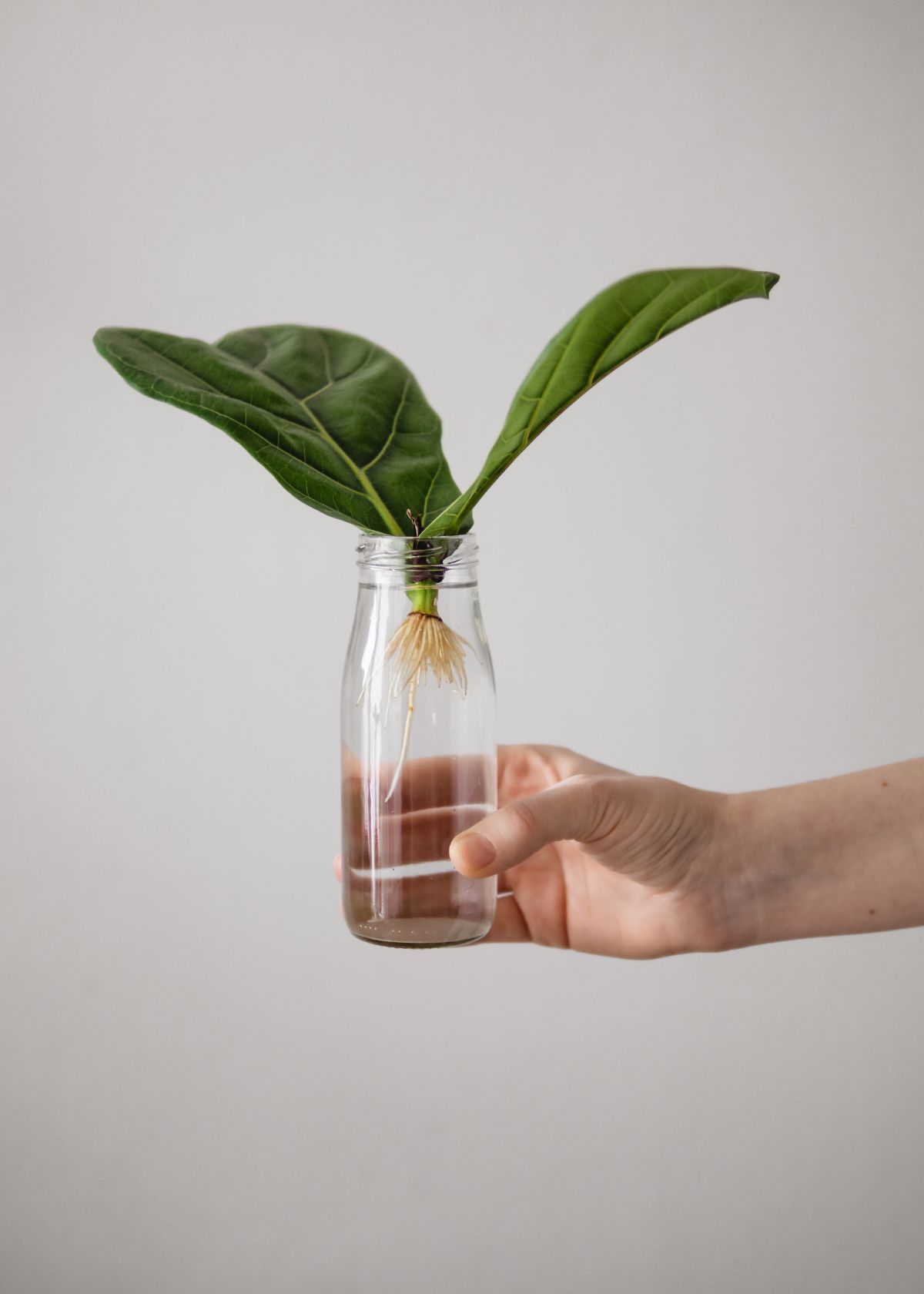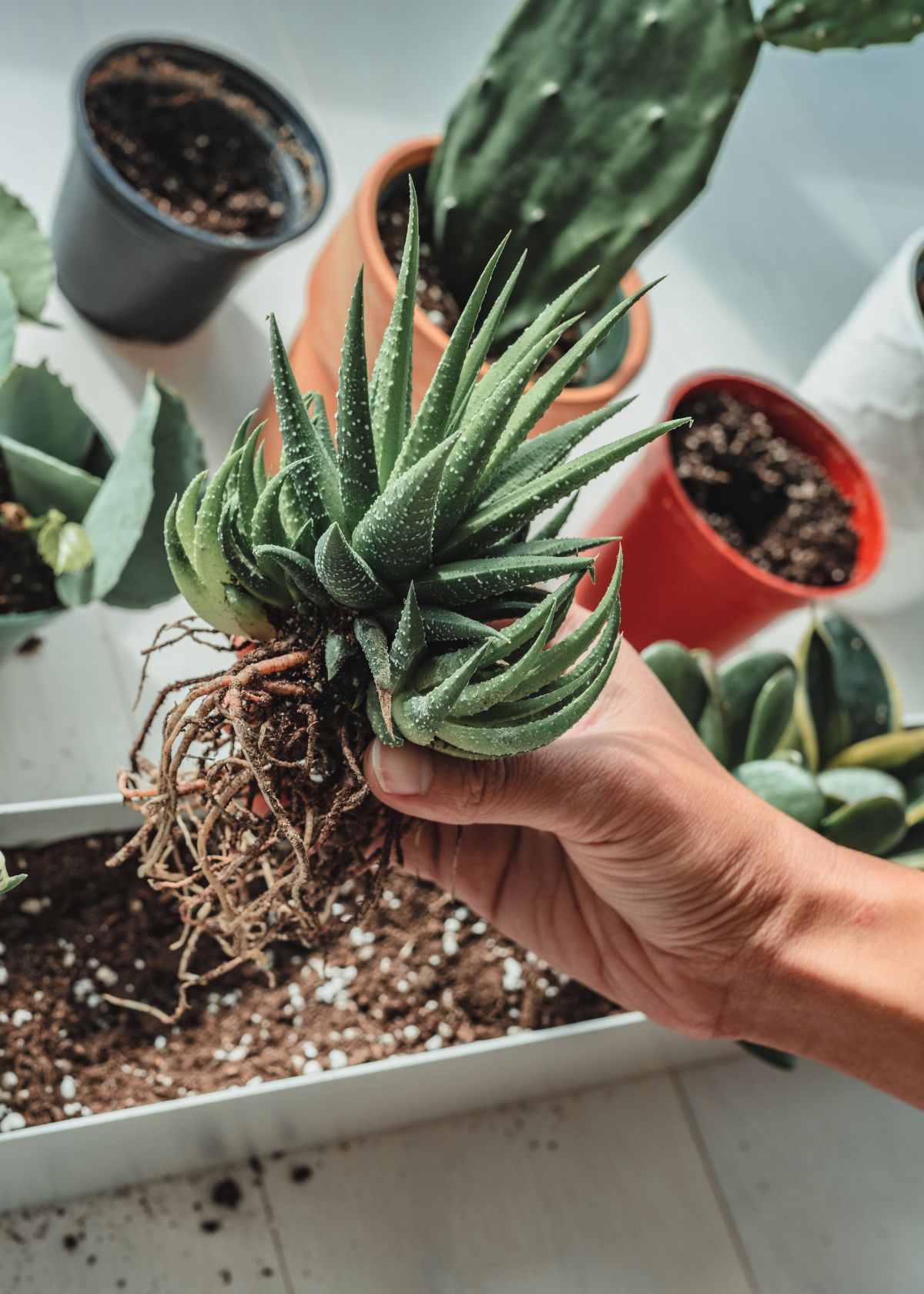If you want to know how to use self watering planters? Well, using self-watering planters is simple and convenient. Fill the reservoir with water through the designated fill tube or water-level indicator. The plants will absorb water as needed through the wicking mechanism. Monitor the water levels and refill the reservoir when necessary. Enjoy healthy plants with minimal effort!
What are Self Watering Planters?
Self-watering planters are specially designed containers or pots that have a built-in reservoir system to provide a consistent water supply to plants. They feature a separate compartment or reservoir that holds excess water.
The plants draw water from the reservoir through a wicking mechanism or capillary action as needed. This ensures that the plants receive optimal moisture, preventing underwatering or overwatering.
Self-watering planters are convenient for individuals who want to maintain healthy plants with minimal effort and reduce the risk of plant dehydration or root rot. They are available in various sizes, designs, and materials, making them suitable for outdoor gardening.

Tips to Use Self-Watering Planters
Self-watering planters are an excellent solution for individuals who want to enjoy the benefits of gardening without the hassle of frequent watering. T
These innovative planters provide a reservoir system automatically delivering water to the plants as needed, ensuring optimal moisture levels. Here are some essential tips and guidelines to help you know how to use self watering planters.
Choosing the Right Self-Watering Planter:
Consider size, material, and design factors when selecting a self-watering planter. Choose a planter that suits your gardening needs and complements your indoor or outdoor space. Look for durable materials such as plastic, ceramic, or resin, and ensure the planter has a reliable watering mechanism.
Understanding the Reservoir System:
Self-watering planters feature a reservoir that gradually holds the excess water and delivers it to the plants' roots. Understanding how the reservoir system works is essential to ensure proper watering. Most self-watering planters have a fill tube or a water-level indicator to monitor the water levels effectively.
Choosing the Right Soil Mix:
The soil mixes in self-watering planters are crucial for your plant's overall health and growth. Opt for a well-draining soil mix that retains moisture while allowing excess water to drain. A high-quality potting mix enriched with organic matter is recommended for optimal plant growth.
Planting Guidelines:
When planting in a self-watering planter, follow these guidelines:
a. Ensure the planter has proper drainage holes to allow excess water to escape.
b. Place a layer of gravel or small rocks at the bottom of the planter to promote drainage.
c. Fill the planter with the appropriate soil mix, leaving enough space for the plants' roots.
d. Place the plants in the planter, ensuring they are at the appropriate depth and spacing.
e. Gently press down the soil around the plants to eliminate air pockets.
Watering Routine:
Although self-watering planters are designed to provide water to plants automatically, it is essential to establish a watering routine to ensure their optimal health.
Monitor the levels in the reservoir and refill it when necessary. It's also advisable to periodically check the moisture in the soil and adjust the watering accordingly.
Fertilizing:
Plants in self-watering planters still require nutrients to thrive. Incorporating a slow-release fertilizer or organic compost into the soil mix before planting is recommended.
These additives will gradually release nutrients to the plants over time. Additionally, periodic application of liquid fertilizer according to the specific plant's needs can further enhance growth and vitality.
Sunlight Requirements:
Different plants have varying sunlight requirements. Place your self-watering planter in a location that provides the appropriate amount of sunlight for your specific plants. Some plants thrive in the sun, while others prefer partial shade. Consider the sunlight needs of your plants when deciding the planter's placement.
Seasonal Adjustments:
As the seasons change, your plants' watering needs may also vary. During hot summer months, plants may require more frequent watering, while the watering frequency may decrease in cooler seasons.
Monitor your plants' condition closely and adjust the watering routine accordingly to ensure they receive the optimal amount of moisture.
Avoid Overwatering:
While self-watering planters are designed to prevent overwatering, it is still possible to overwater your plants if the reservoir is constantly filled.
Overwatering can lead to rot and other plant health issues. Maintain a proper balance by allowing the reservoir to partially empty before refilling it.
Regular Maintenance:
To keep your self-watering planters in excellent condition, perform regular maintenance tasks. This includes cleaning the planter, checking for clogged drainage holes, and inspecting the watering mechanism for any issues.
Prune your plants to promote healthy growth and remove dead or yellowing leaves. Now you know how to use self watering planters.

FAQs
How does a self-watering planter work?
A self-watering planter utilizes a reservoir system that holds excess water. The plants draw water from the reservoir as needed through capillary action or wicking, ensuring they receive a consistent moisture supply.
How do you put water in a self-watering plant?
To add water to a self-watering planter, simply pour water into the designated fill tube or follow the instructions provided by the manufacturer. The water will flow into the reservoir, ready to be absorbed by the plants.
How often do you need to fill a self-watering planter?
The frequency of filling a self-watering planter depends on various factors, including the size of the planter, the plant's water requirements, and the environmental conditions. Regularly monitor the water levels and refill the reservoir whenever it gets low, or the plants show signs of needing more water.
Is it good to use self-watering pots?
Using self-watering pots can be beneficial for many reasons. They provide a reliable and consistent water supply to plants, reducing the risk of underwatering or overwatering. They also help to conserve water by minimizing wastage. Self-watering pots are particularly useful for individuals with busy schedules or forgetting to water their plants regularly.
Conclusion
Self-watering planters offer a convenient and efficient way to maintain healthy and vibrant plants. By selecting the right planter, understanding its features, and following these tips, you can ensure your plants' optimal growth and well-being while minimizing the effort required for watering.
Enjoy the benefits of gardening with self-watering planters and watch your plants thrive! We hope now you know how to use self watering planters.









